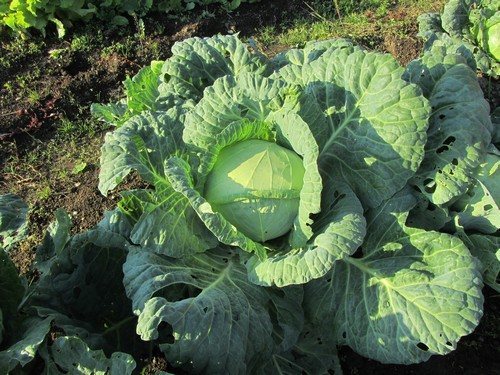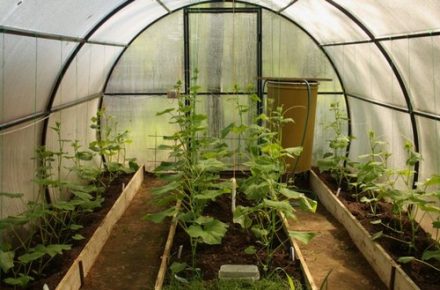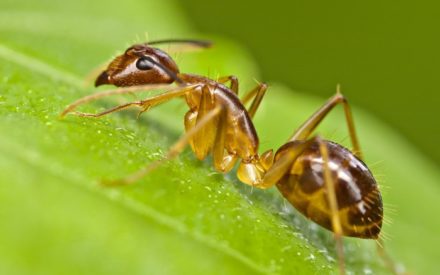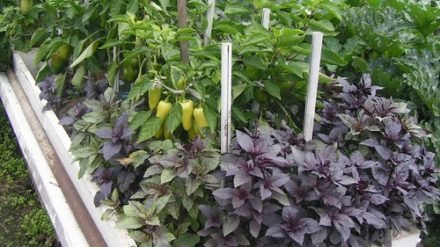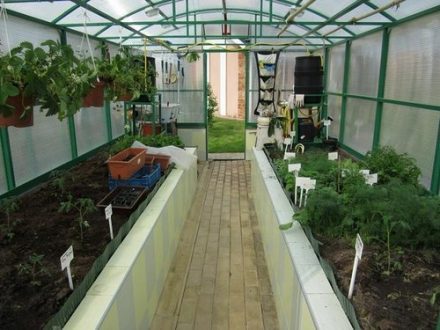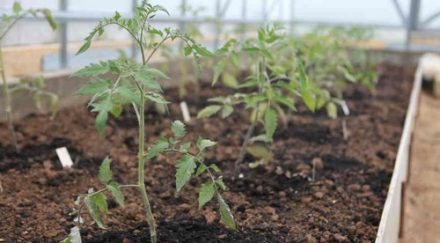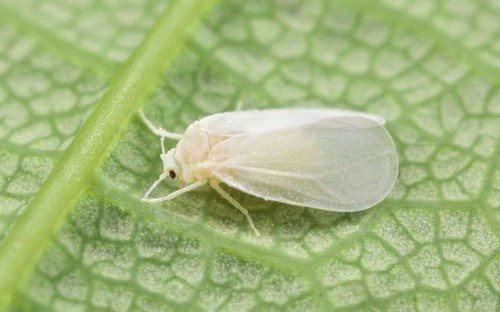If there are shiny marks or eaten holes on the leaves of the plants, it means that slugs have appeared in the greenhouse. How to get rid of these pests? Advice from experienced gardeners will help prevent their spread and protect the harvest.
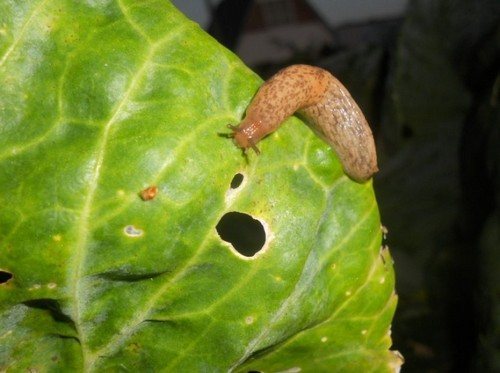
Pest Control
When the temperature in the greenhouse is high, the slug produces fewer offspring and feeds worse. Accordingly, it causes less damage to the crop. Therefore, in case of a sharp drop in temperature, it is necessary to equip greenhouses with additional technical heating sources. Chemicals, technical equipment for processing plants, and traditional methods will also help in the fight against the pest. But for the battle against slugs to be successful, it is better to use a set of measures.
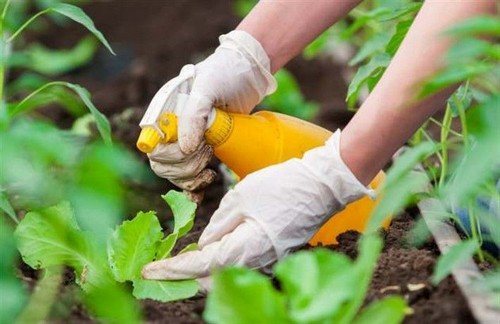
Manual collection
You can collect slugs by hand. It is better to do this early in the morning, while carefully inspecting all the stems, the inside and outside of the leaves. Look into dark corners, check all metal and wooden surfaces. When the pests are collected in a jar, they need to be burned or drowned. In this way, you can collect the maximum number of parasites and protect plants from chemical exposure.
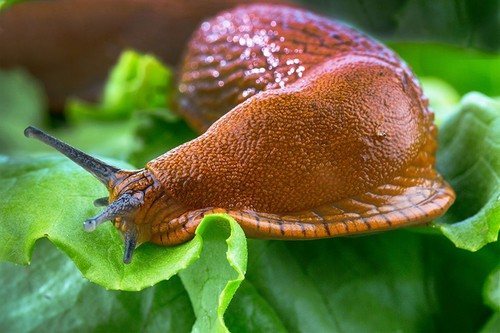
Important. Slugs are carriers of E. coli; you need to wear gloves when collecting pests. The mucus itself is thick and difficult to wash off your hands.
Chemical method
One of the effective remedies is the drug “Metaldehyde”.Available in the form of powder or granules, other drugs are being developed on its basis, such as “Slug Eater”, “Thunderstorm”.
Positive properties of the drug:
- No additional preparations required.
- Moisture-resistant, remains on plants after rain.
- Does not lose its properties for 21 days.
- Completely destroys the pest (the dried organism is destroyed after 48 hours).
- Does not harm the soil or beneficial insects.
- Economical (consumption rate - 50 g per 20–25 m²).
Directions for use: Sprinkle the product between the rows around the plants - the smell of the product will attract slugs. They will eat it and die.
Important. If you treat the soil and plants at least 2-3 weeks before the crop ripens, the berries and vegetables will become poisonous.

Precautionary measures: carry out treatment with the drug in protective gloves. While working, do not touch your face or eyes, and if the powder gets on open areas of the body, rinse with plenty of water.
Traditional methods
Many gardeners do not use chemicals to kill slugs; they prefer safe traditional methods.
- Hot water destroys slugs, even if they are in the soil at a depth of 10–20 cm. But this method is not harmful to plants.
- Treatment with a 3% hydrogen peroxide solution will rid the plants of the pest.
- Dusting plants with slaked lime, superphosphate, tobacco. This method will repel parasites. Dosage: 30–40 grams per square meter, apply in the evening or at night.
- Vinegar has a poisonous effect. Dilute 0.5 cups of vinegar per 10 liters of water, spray plants and soil.
- Do not collect slugs, but crush them with slate.Leave crushed pests between the beds; new slugs will eat up their relatives. The operation is carried out until complete destruction.
- A coffee drink will repel slugs (stir 2 teaspoons in a glass of cold water).
- If you water plants and soil with salt water, the pests will secrete less mucus.

Traps and protective strips
If you want to protect your greenhouse plants from slugs without using toxic chemicals, you can use a trap or protective strip.
Mode of application:
- Place a trap in the ground, pour in beer or diluted yeast. Fill the container so that there is 2 cm left to the side.
- The slugs will fall into it and drown.
- Place the trap where pests are most found.
- In the morning, check the trap, collect the pests, and destroy them.
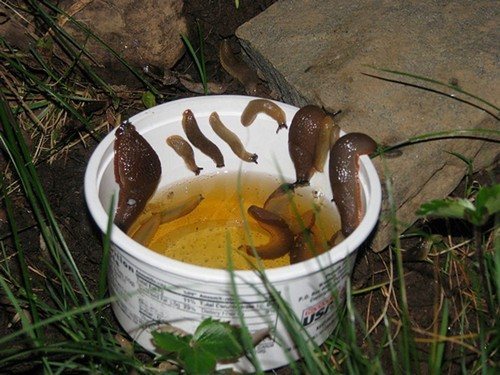
Fact. If you create an artificial barrier from crushed shells, coarse sand, crushed nut shells, then these materials will cut their belly and the pests will die. And if you add salt or ash to such an obstacle, they will simply eat away the slugs.
Preventive measures
The fight against slugs should begin as early as possible, and not after the discovery of the first chewed leaf or silvery mark. In early spring, you need to thoroughly loosen the soil and plant plants at recommended intervals. Install as few shelves and drawers as possible, because these are where parasites hide. Carry out preventive, organizational, economic, and agrotechnical measures on time. The area around greenhouses must be kept clean and weeds must be removed in a timely manner. And then the plants will be pleased with healthy leaves and a good harvest.


